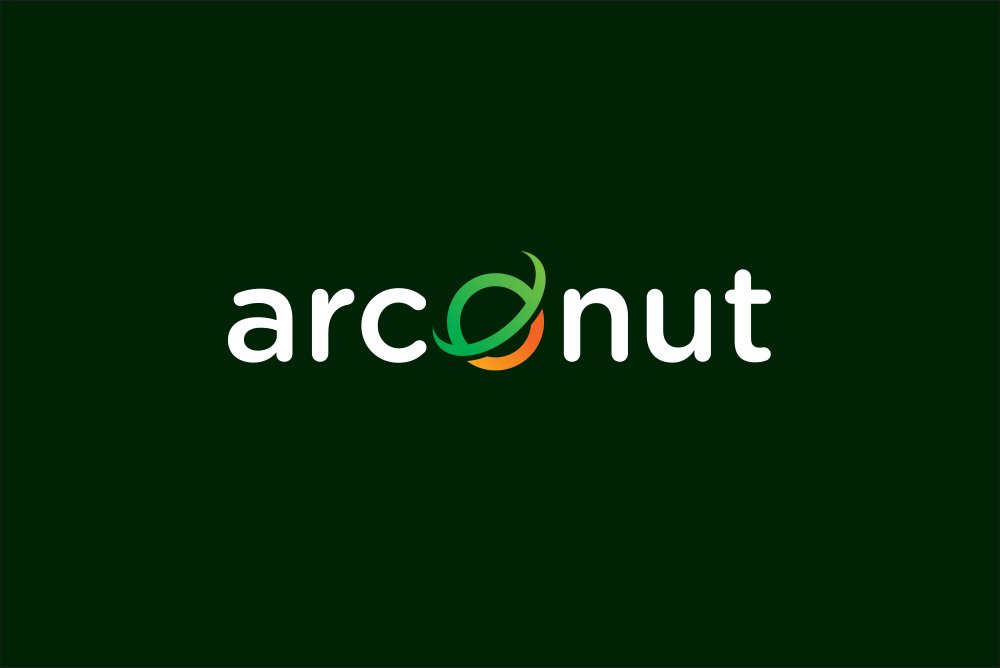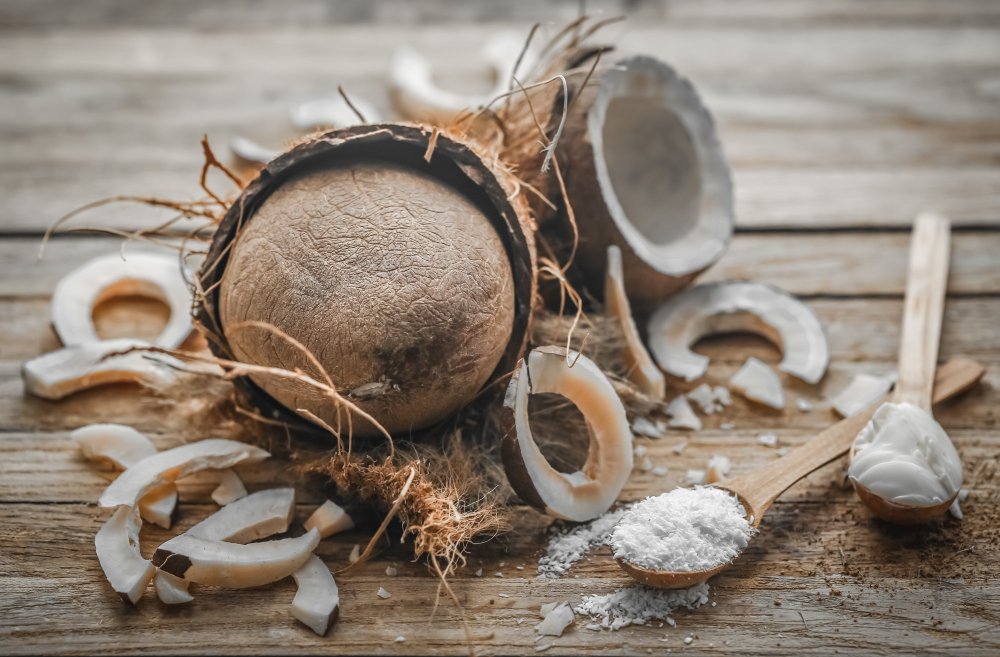The textile industry, a cornerstone of global economies, faces a critical juncture. Demand for sustainable and durable materials is soaring, pushing researchers and manufacturers to explore innovative alternatives to traditional, often environmentally damaging, fibers. Enter coco fiber, a remarkably resilient and readily available natural resource poised to revolutionize textile production. Its inherent strength, coupled with its eco-friendly nature, presents a compelling case for its wider adoption in the creation of high-quality, long-lasting fabrics. This article delves into the exciting research surrounding coco fiber’s potential and its promising future in the world of textiles.
Unveiling Coco Fiber’s Hidden Strength
Coco fiber, derived from the husk of coconuts, is far more than just a byproduct of the coconut industry. It possesses a unique structural composition, characterized by a complex network of lignin and cellulose fibers. This intricate arrangement contributes significantly to its exceptional tensile strength and resilience. Research indicates that coco fiber’s strength rivals, and in some cases surpasses, that of certain synthetic fibers commonly used in textiles. Furthermore, its inherent elasticity allows it to withstand significant stress and strain without breaking, making it ideal for applications requiring durability and longevity.
The strength of coco fiber isn’t solely determined by its inherent structure. Processing techniques play a crucial role in maximizing its potential. Researchers are actively exploring various methods of fiber extraction, cleaning, and treatment to optimize its strength properties. These methods include innovative approaches to removing impurities, aligning fibers for enhanced tensile strength, and applying treatments to improve its resistance to degradation from environmental factors. The ongoing refinement of these techniques promises to unlock even greater potential within this remarkable natural fiber.
Beyond its tensile strength, coco fiber exhibits impressive resistance to abrasion and tearing. This characteristic makes it highly suitable for applications where fabrics are subjected to regular wear and tear, such as outdoor furniture, floor mats, and even certain types of clothing. Studies have demonstrated that coco fiber fabrics demonstrate superior longevity compared to some traditional materials, leading to reduced waste and a smaller environmental footprint. This inherent durability translates directly into cost savings for consumers and manufacturers alike.
Finally, the inherent flexibility of coco fiber allows for its incorporation into a wide range of textile products. Its ability to be blended with other fibers, both natural and synthetic, expands its versatility and opens up possibilities for creating innovative fabrics with unique properties. This adaptability is a key factor in its potential to disrupt the existing textile landscape and offer a truly sustainable alternative.
Sustainable Textiles: A Fiber Revolution
The textile industry is a significant contributor to environmental pollution, from the energy-intensive manufacturing processes to the disposal of synthetic fabrics that persist in landfills for centuries. Coco fiber offers a compellingly sustainable alternative. Its production is inherently less polluting than that of synthetic fibers, requiring significantly less energy and fewer harmful chemicals. The abundance of coconuts globally further ensures a readily available and renewable resource.
Furthermore, coco fiber is completely biodegradable. Unlike synthetic fabrics that contribute to plastic pollution, coco fiber decomposes naturally, minimizing its environmental impact at the end of its lifespan. This inherent biodegradability aligns perfectly with the growing consumer demand for eco-friendly products and contributes to a circular economy. Research is focusing on developing biodegradable blends that incorporate coco fiber with other sustainable materials, furthering its eco-friendly credentials.
The cultivation of coconuts also presents opportunities for sustainable economic development, particularly in tropical regions. The industry provides livelihoods for countless farmers and workers, promoting economic growth while simultaneously utilizing a readily available natural resource. By supporting the coco fiber industry, we can contribute to sustainable development in these communities and reduce reliance on resource-intensive synthetic alternatives.
Finally, the use of coco fiber reduces the demand for synthetic fibers, thereby lessening the industry’s reliance on fossil fuels and reducing greenhouse gas emissions. This shift towards sustainable materials is crucial in mitigating the environmental impact of the textile industry and creating a more environmentally responsible future.
Superior Durability: Coco’s Winning Edge
Coco fiber’s exceptional durability stems from its unique cellular structure and high lignin content. Lignin acts as a natural binder, reinforcing the fiber’s strength and resistance to degradation. This results in fabrics that are not only strong but also resistant to shrinkage, fading, and mildew, outperforming many traditional materials in terms of longevity. Research consistently demonstrates that coco fiber-based textiles retain their structural integrity over extended periods of use.
The durability of coco fiber translates directly into cost savings for consumers. Products made from coco fiber require less frequent replacement, reducing the overall cost of ownership. This economic advantage makes it a compelling choice for manufacturers and consumers alike, particularly in applications where durability is paramount, such as outdoor furnishings, automotive interiors, and industrial textiles.
Moreover, the inherent resistance of coco fiber to abrasion and UV degradation makes it particularly suitable for outdoor applications. Unlike many synthetic materials that degrade quickly under prolonged sun exposure, coco fiber retains its strength and appearance, ensuring long-lasting performance in challenging environments. This characteristic is a key advantage in applications like landscaping, gardening, and outdoor upholstery.
The durability of coco fiber is not just about its physical resilience; it also encompasses its resistance to biological degradation. Its natural resistance to mildew and mold makes it ideal for use in damp or humid conditions, further extending its lifespan and reducing the need for chemical treatments. This natural resistance is a significant advantage over many other natural fibers that are susceptible to microbial attack.
Weaving a Future with Coco Fiber
The future of coco fiber in textile production is bright. Ongoing research continues to refine processing techniques, unlocking even greater potential in terms of strength, flexibility, and versatility. The development of new blends and innovative manufacturing processes promises to expand the range of applications for coco fiber, from high-performance apparel to sophisticated interior design elements.
The growing consumer demand for sustainable and eco-friendly products creates a fertile ground for the expansion of the coco fiber textile industry. Manufacturers are increasingly recognizing the economic and environmental benefits of incorporating coco fiber into their product lines, driving innovation and creating new market opportunities. This growing interest is fueled by both consumer preference and increasing regulatory pressure to reduce the environmental impact of the textile industry.
Investments in research and development are crucial for unlocking the full potential of coco fiber. Further investigation into its properties, processing techniques, and potential applications will pave the way for its wider adoption and integration into mainstream textile production. This includes exploring innovative dyeing and finishing techniques that enhance the aesthetic appeal and performance of coco fiber fabrics.
Ultimately, the integration of coco fiber into the textile industry represents a significant step towards a more sustainable and resilient future. Its exceptional strength, eco-friendly nature, and inherent durability position it as a key player in the ongoing transformation of the textile sector, offering a compelling alternative to traditional, often environmentally damaging, materials. By embracing this remarkable natural resource, we can create a more sustainable and responsible future for the textile industry.
Coco fiber’s journey from a humble agricultural byproduct to a promising textile material is a testament to the power of innovation and sustainable resource management. The research into its strength and versatility is not just unlocking new possibilities for the textile industry, but also contributing to a greener, more responsible future. As consumer demand for eco-conscious products grows, coco fiber is uniquely positioned to thrive, offering a durable, sustainable, and economically viable alternative to traditional textile materials. The future of textiles is woven with the strength and sustainability of coco fiber.


